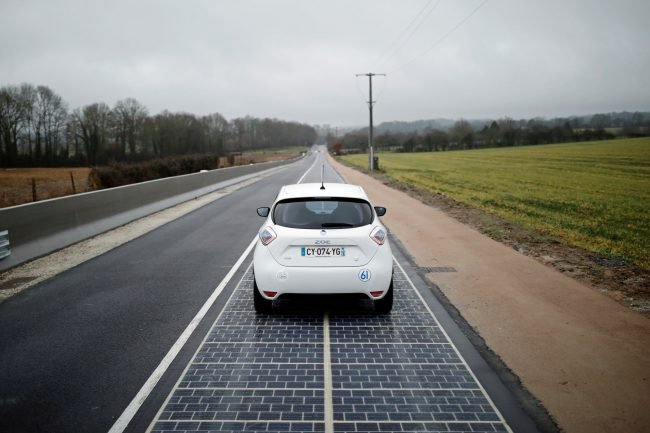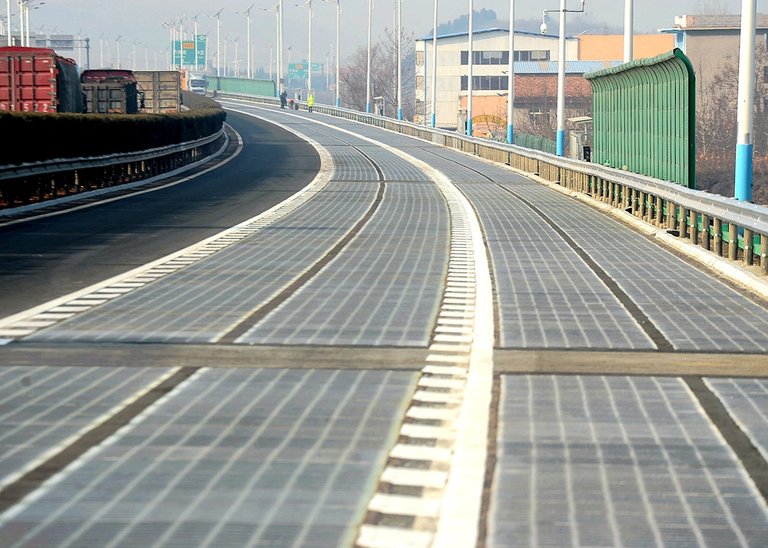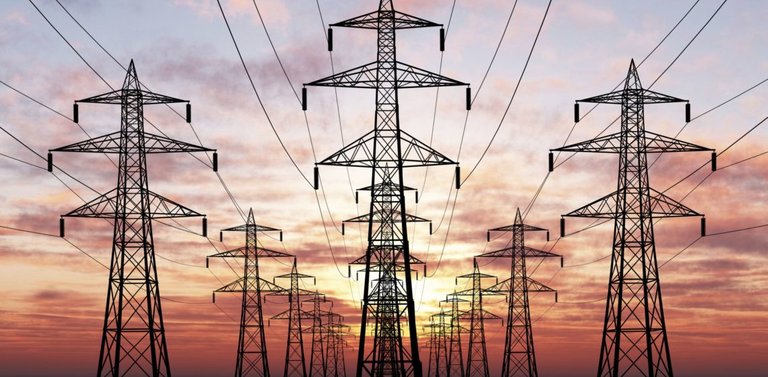
According to some estimates, in the order of 0.2–0.5 percent of the world's land surface covered by roads. And this ratio is expected to increase by 60% by 2050. Amazingly a lot of space devoted to roads, but they are mostly just for transportation. What if to make them produce energy? China is building one of the first in the world solar roads . Can a highway covered with solar panels to become energy stations of the future?
One of the benefits of fossil fuels against renewable energy sources is energy density. The reason is simple: fossil fuel is a renewable energy that accumulated over millions of years. Oil, coal, natural gas are all energy reserves that were created from plants (and animals that eat those plants) and accumulated solar energy over thousands of years through photosynthesis. Turns out, fossil fuel is more energy intensive than the use of solar energy in real time.
To put it simply: fossil fuel requires much less land to produce energy than solar panels.
In 2016 we consumed 478 billion kWh of energy, and this number is growing every year.
Given the fact that the earth is already covered with roads, the environmental damage will be quite low. Add LEDs and will be markings, road signs, lighting and borders. You can even dream that one day cars will receive the energy wirelessly, just by driving on such roads.
It would seem that this is completely impossible. But no, the solar roads have a lot of support from governments and companies.

In China, decided to make 2 kilometres of solar panels in a sandwich between the transparent asphalt and a layer of an insulator. And this is the first attempt to do something. Solar Roadways, a startup from Idaho, has already attracted $ 2 million in development on Indiegogo. Scott Bruce, founder of the company, presented a prototype of a road , which could provide half the energy needs of the United States. Unfortunately, the Solar Roadways will have to attract more investment and to overcome the skepticism barrier. David Biello noted in an article in Scientific American that "glass for such roads shall be hardened, self-cleaning and capable of transmitting light batteries even in terrible weather conditions — this glass simply does not exist."
The desire to create solar roads in China in its own way symbolic. The country is looking for innovative energy solutions. Who knows, perhaps one day solar roads would be cheap enough and efficient enough to become a reality. In the worst case this project will distract us from searching for the best solutions. At best the road will receive one more assignment.
Very nice article.would be nice if this solar road will be used everywhere.